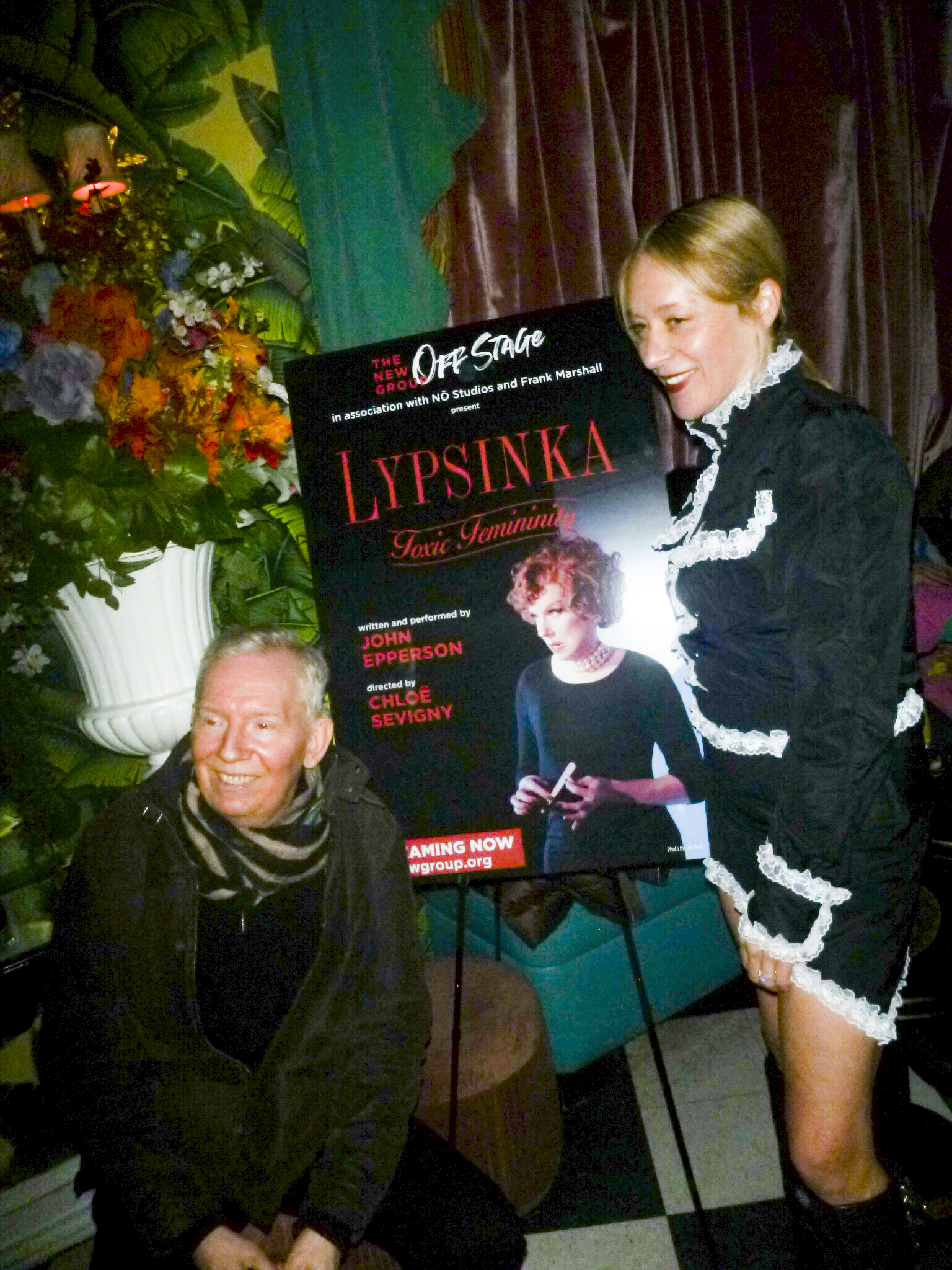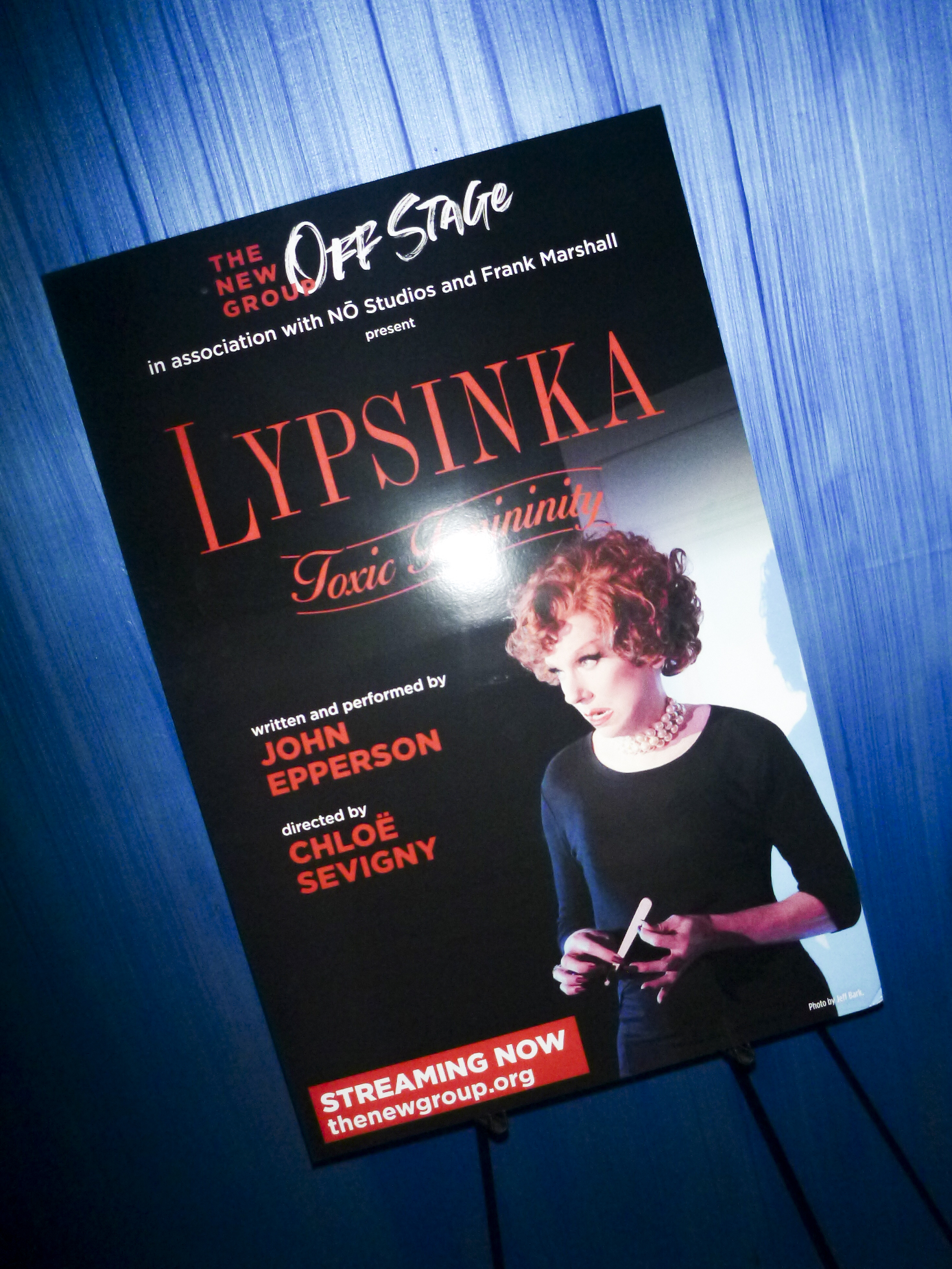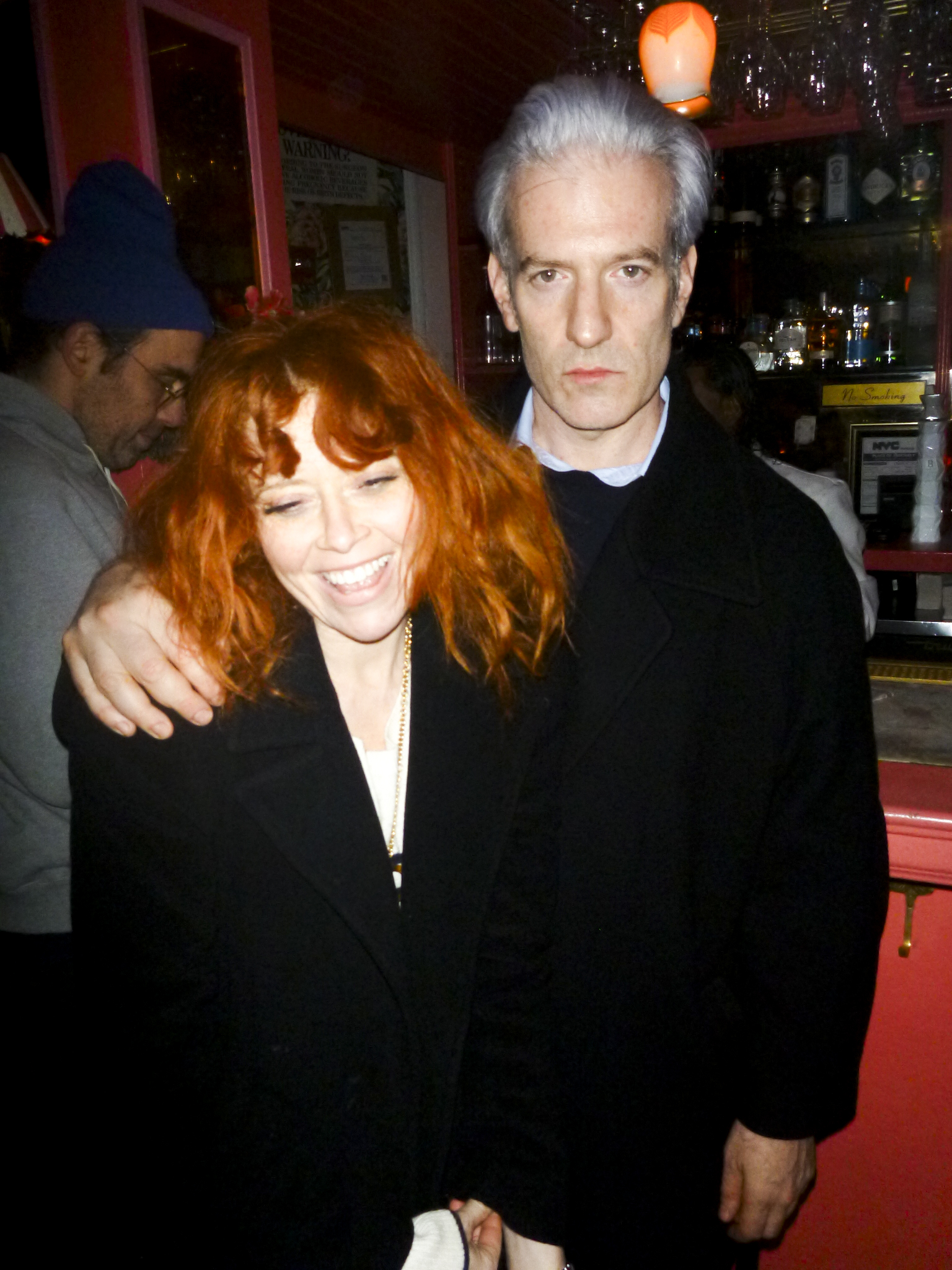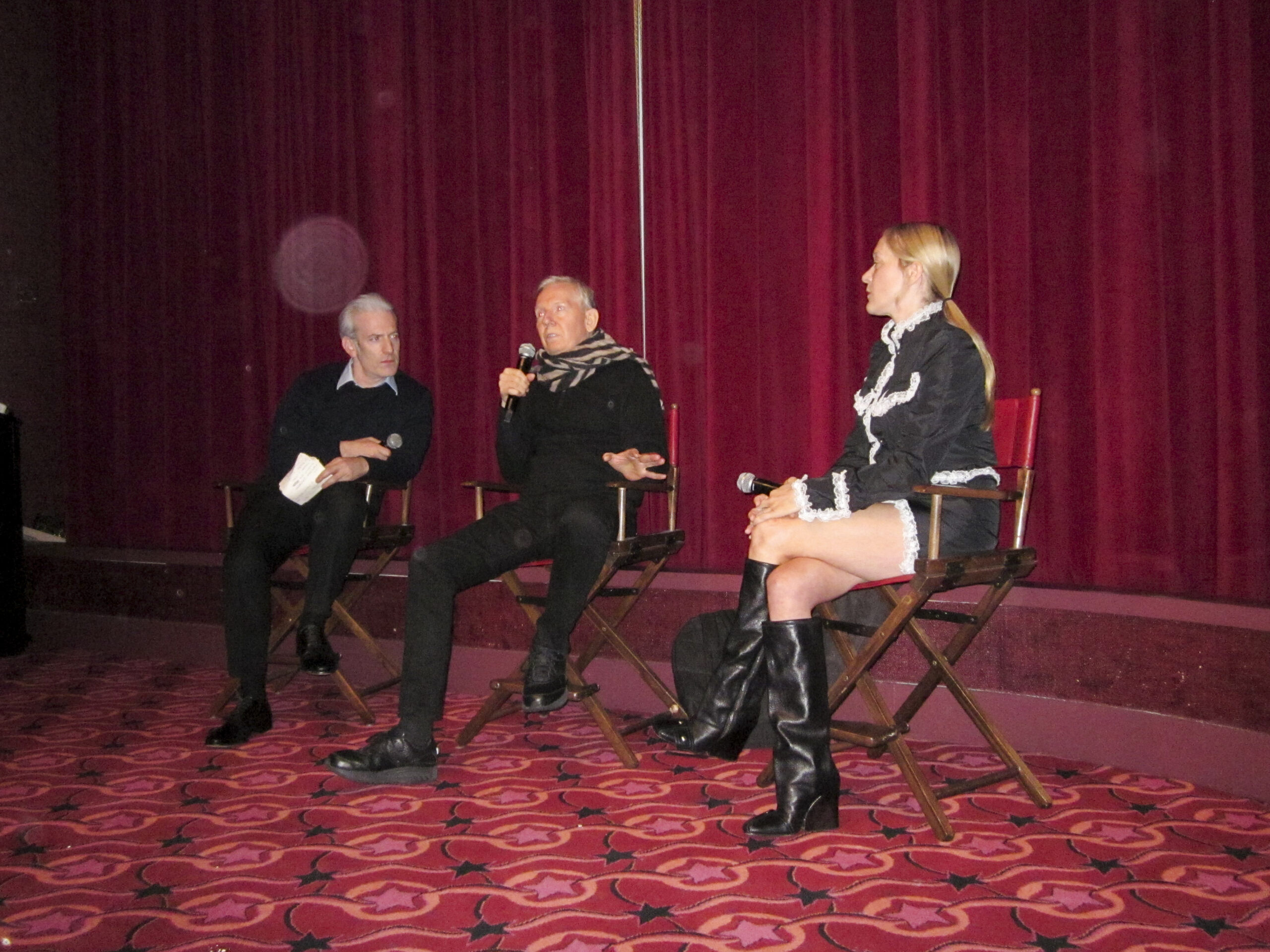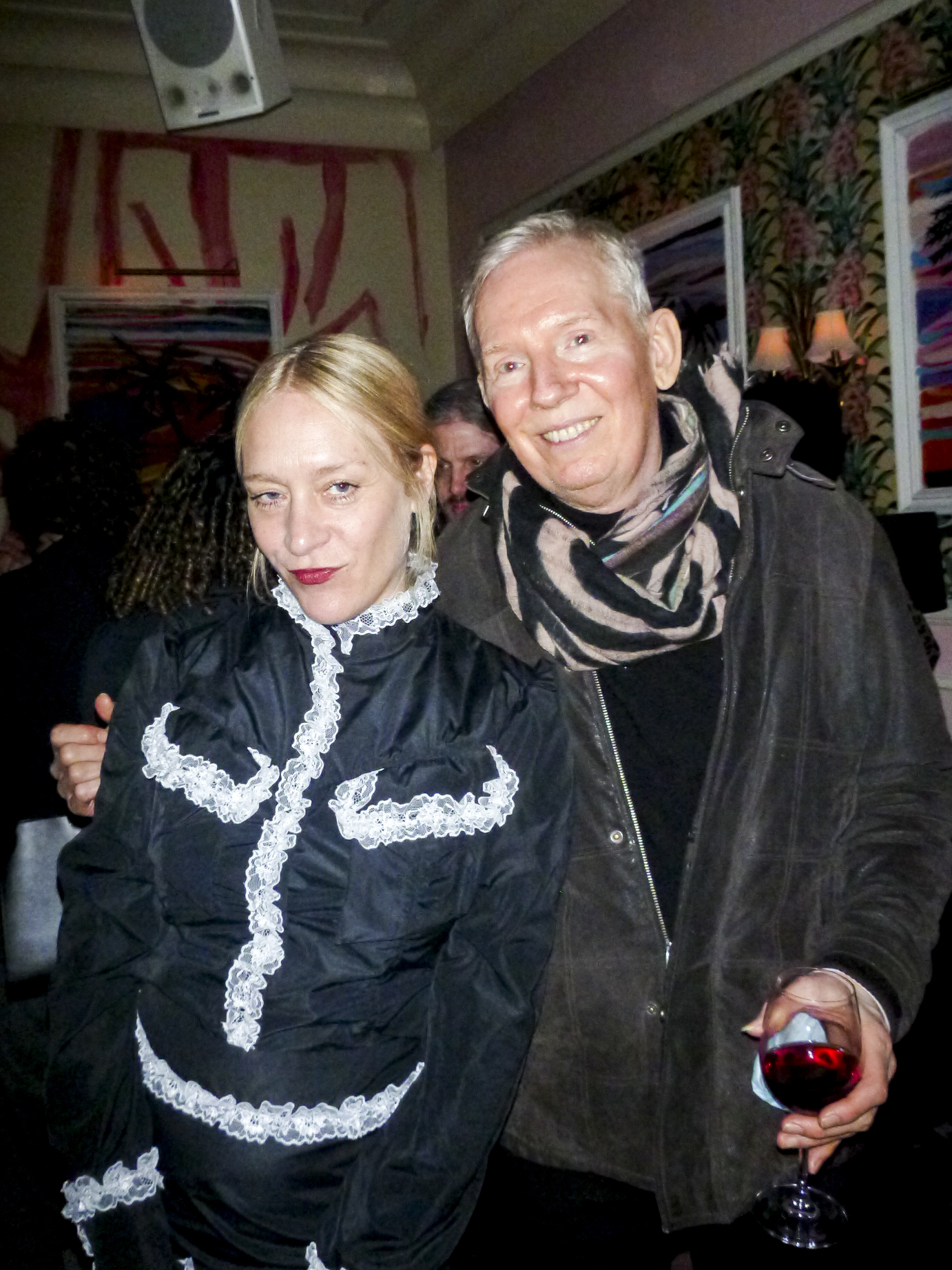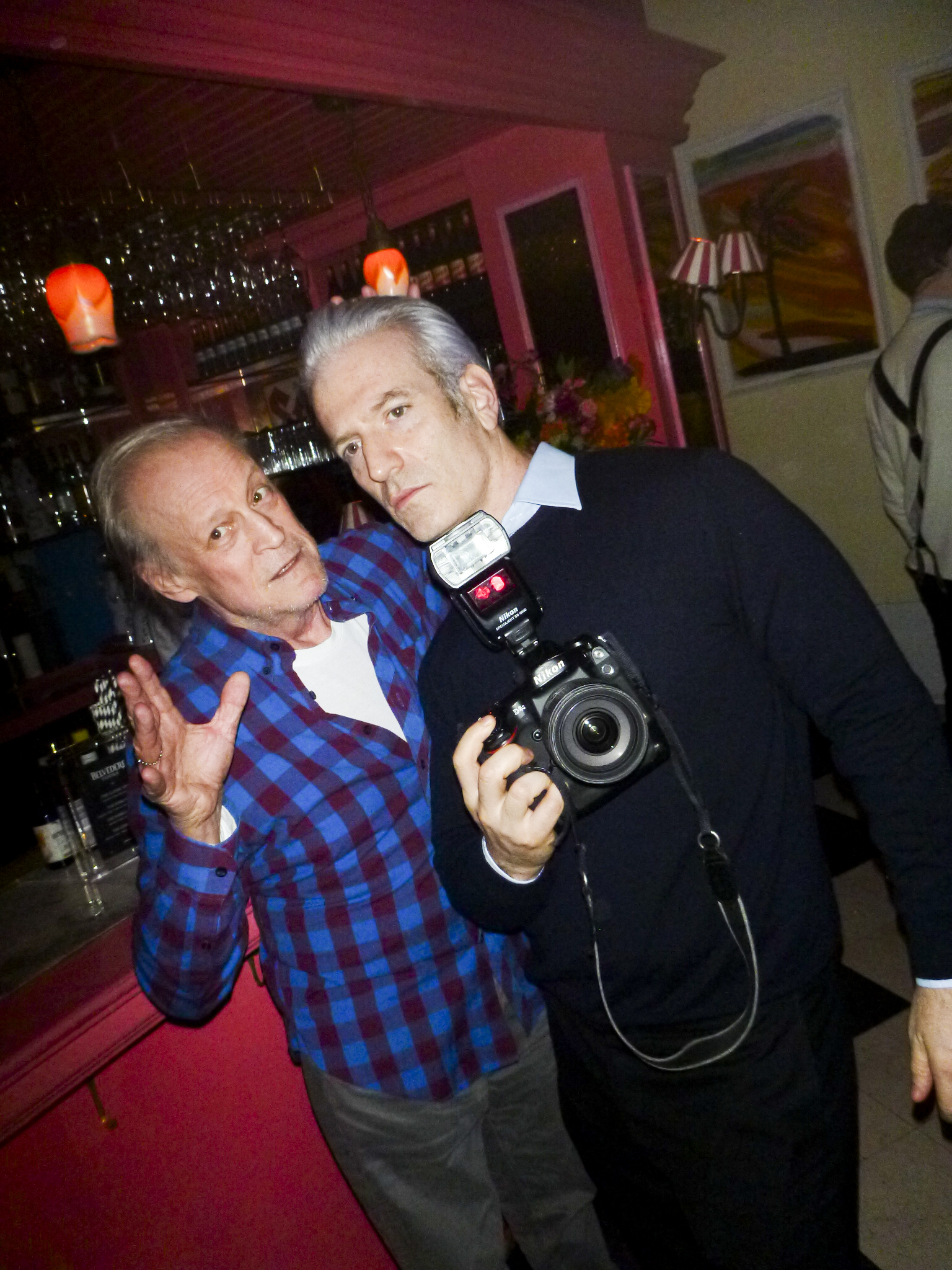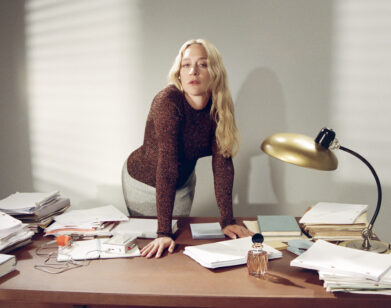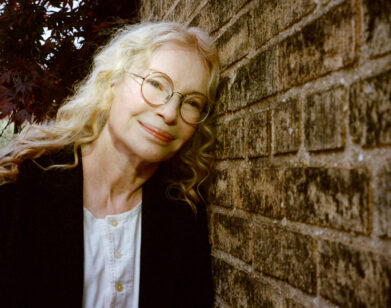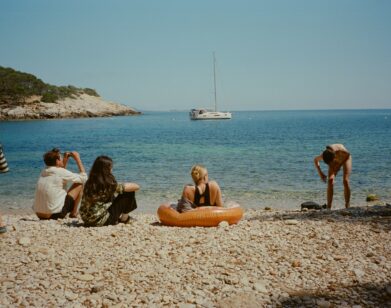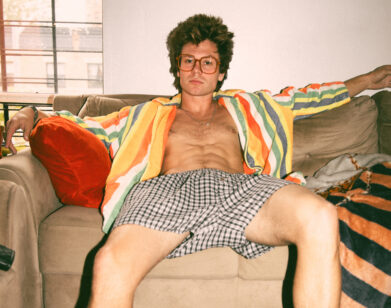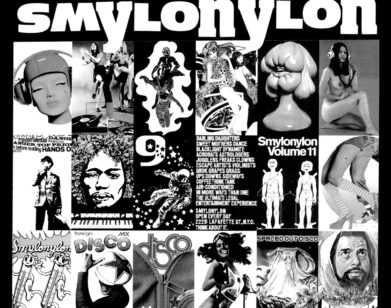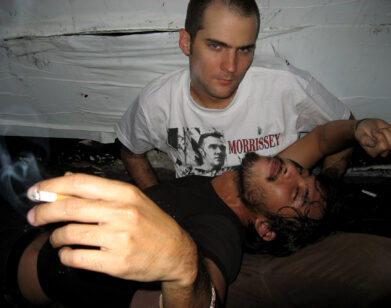ICON
John Epperson and Chloë Sevigny Channel the Toxic Femininity of Lypsinka
At the The Roxy Cinema on Thursday night, New Yorkers got their first look at Lypsinka: Toxic Femininity, a new short film, directed by Chloë Sevigny, chronicling the psychic toll of celebrity and the existential crisis of the titular downtown legend. The glamorous creation of John Epperson, Lypsinka was born in the 1980s with performances at downtown hotspots like the Pyramid Club. “The times were pretty weird, I had nothing to do but navel-gaze,” Epperson told our editor-in-chief Mel Ottenberg last week of conceiving of the short film during the pandemic. The question guiding his endeavor, then, was: “How does Lypsinka be alone with herself?” To make the film’s haunting soundscape, Epperson turned to two legends of the screen, Judy Garland and Joan Crawford, whose old audio recordings give voice to Lypsinka’s tug-of-war with fame. “When John first sent over the audio edit, I listened on headphones and I started crying,” Sevigny told us. “I thought there was such a weight to it and I was also just floored by how much work John had put into it.” Below, we present her and Epperson’s conversation with Ottenberg, edited slightly for clarity and brevity. Lypsinka will be be available via The New Group Off Stage on January 26th.
———
CHLOE SEVIGNY: Hello. John, why don’t you sit in the middle? I’ll direct you.
JOHN EPPERSON: Okay.
MEL OTTENBERG: Hello, hello. Two New York goddesses right here, Chloe and John. Wow, I feel filled with toxic femininity. The venom’s in me. It’s so exciting.
EPPERSON: Don’t throw tomatoes at me. I know you’ve got them hidden somewhere.
OTTENBERG: John and Chloe, how was it working together on Toxic Femininity?
EPPERSON: Well, the three days was not easy.
SEVIGNY: Yeah.
EPPERSON: It was a lot of things. We had a great producer, Craig [Butta], who was really good at stretching three dollars, which is basically what we had.
SEVIGNY: John deserves a Douglas Sirk-esque epic drama. But unfortunately we couldn’t deliver that.
OTTENBERG: We felt it, though.
SEVIGNY: Good.
OTTENBERG: How did this material all come together for Toxic Femininity?
EPPERSON: Well, the way it came about is that I live near Scott Elliott, who’s the artistic director of the New Group, one of the producers. And right after the pandemic started, I bumped into him in front of his building and I said, “Well, Scott, what are you going to do now that people can’t be in the same room together?” And he said, “Well, we’ve thought about maybe doing a one-person show in an alternative space so that we can move the seats around and people don’t have to sit next to one another.” And he said, “And I thought about you.” So we talked some more on the phone. And then one day he said, “What about doing it as a movie? Think about making something that speaks to the times.” And the times were pretty weird, I had nothing to do but navel-gaze. And I thought, “Well, when Lypsinka is on stage, she kind of lives in an existential limbo anyway. How do you do that on film?” So I started thinking about that. And when I think of existential, I think of the play No Exit. The famous line is, “Hell is other people.” But since we were all alone, I thought, “Oh, hell is myself.” So how does Lypsinka be alone with herself?
OTTENBERG: Is it semi-autobiographical too? Because I really related to the material, unfortunately.
EPPERSON: Well, how did you relate to it?
OTTENBERG: Well, I was having a nervous breakdown during COVID and basically being many different versions of myself hanging out by myself.
EPPERSON: Well, I actually liked a lot of things about the COVID shutdown because New York belonged to me, since it was empty. And the birds and the flowers and the plants were very happy because there was no traffic, and therefore there was no pollution. I think one of the things the movie’s about is the trap of stardom. You may have noticed that there’s two primary voices in the film, one is Judy Garland and one is Joan Crawford. And I think of both of them as being trapped by stardom.
OTTENBERG: Chloe, how did you relate to it, and what were your favorite parts of the material?
SEVIGNY: When John first sent over the audio edit, I listened on headphones and I started crying. I found the material really emotional, this woman, two sides of herself, the dichotomy of being a star and loving it and hating it and being a woman and loving it and hating it, and all the expectations put on us as women and actresses, and aging and public cranks, all of that. I thought there was such a weight to it and I was also just floored by how much work John had put into it. His knowledge of film is so vast, it’s mind-boggling. I was more a director-for-hire on this. It was John’s material. So I just started watching a lot of old Lypsinka videos on YouTube. She’s of another era, but we don’t really have the budget to do that. And I had seen on Instagram, Violet Chachki, who we’re both friends with, had these amazing videos that Jennifer [Juniper Stratford], our cinematographer, was making, all of these short form videos and art videos and stuff in California out of her own little factory. And she had these old beta cameras, so I tracked her down on Instagram and I was like, “How are you creating these incredible videos? Can we collaborate?” So I told her a bit about the project and she came on board and brought her beta cameras all the way across the country to shoot this film for us.
OTTENBERG: She looks great, Jennifer. All right, wait. I want to know just one tidbit. Who’s the queen of Toxic Femininity? Judy or Joan? You’ve got to pick.
EPPERSON: Oh, I don’t know. I guess Judy Garland, because she’s almost speaking the truth. Joan Crawford lives in some kind of everything-is-fabulous land, which she could do so well. One of the reasons I’m interested in the two of them is because they were both at MGM at the same time, but Judy Garland was becoming a big star just as Joan Crawford’s star at MGM was waning a bit. And how they both handled it. Judy Garland died penniless and Joan Crawford had money when she died, and she didn’t have an ambivalence about fame that I think Garland had. Garland’s telling the truth, but she was a liar, too. She’s lying quite a bit, even though she’s trying to dictate her memoirs in that recording. What she’s doing, in case you didn’t know, she had kind of a deal to write her memoirs, but she wasn’t going to sit down and write it. So they gave her a recording. And then the book was never published, but it popped up on CD years later. And the Crawford recording, she had written a book that was published in 1970 called My Way of Life, but then a few years ago, it was discovered that she had made a recording of it in her home, in her own apartment. And both of them were very bad at audio quality, but I have a really good guy in Brooklyn who was able to put them through some kind of software to make them sound better. In 1970, she’s already figured her own version of women’s lib that would not be Gloria Steinem’s, for instance. But somehow Joan Crawford had navigated this world of men in the movie business all those years and she had figured it out for herself. The first singer in the movie is a woman named Mimi Hines, who replaced Barbra Streisand in Funny Girl. She’s still alive. And then the last singer, in case you didn’t know, was Ethel Merman.
OTTENBERG: I knew that, not a bad idea.
EPPERSON: I was sitting in this lobby and, as noisy as it was in the lobby, I could hear the screams at the end.
SEVIGNY: It was very loud in here. I told them to make sure to keep the sound really high.
EPPERSON: Maybe you all know who Louella Parsons was? She was a gossip columnist like Hedda Hopper. She was on the radio and she was in Hearst newspapers. So Hearst’s girlfriend was Marion Davies. Louella Parsons was always plugging Marion Davies. But the person speaking is not Louella Parsons. It’s a man named TC Jones who was in a couple of shows on Broadway. One was the New Faces of 1956, which Maggie Smith was also in. And then he had his own show called Mask and Gown, and he did impersonate celebrities, but he also made up his own characters. So he’s in a movie with The Monkees called Head.
SEVIGNY: That’s ringing a bell with some heads in here.
EPPERSON: Heads are nodding. That recording is from his nightclub act. That’s why there’s that audience in the background. So he did a Louella Parsons impersonation, and I always wanted to do it. And I was listening to the Judy Garland, and she mentions Louella Parsons disparagingly. And then I thought, “Oh, there’s got to be a way to do that, and we’ll do that funky reverb kind of thing where it’s changing and the image changes.” And I turn into Louella Parsons and then back to what I call the first Lypsinka. So the Judy voice is what I call the first Lypsinka, and the Joan voice is the second Lypsinka.
OTTENBERG: I love the monster ghost lady, too. I love her teeth. The crooked dentures are fab.
SEVIGNY: That was a time crunch.
OTTENBERG: It looks great. Also, Lypsinka 1985 on John’s YouTube on Halloween. That one with “I’ll Plant My Own Tree” is really strong.
EPPERSON: Yeah. I still have a VHS camera. And so in 1985 I asked a friend if he’d come and shoot me lip-syncing on the street on Halloween. That’s how I got my start. I’d go to Christopher Street on Halloween and lip sync with a boombox.
OTTENBERG: A little boombox, and then people will start watching you. And you thought, “Oh, this could be a thing?”
EPPERSON: Yeah, I did.
OTTENBERG: It’s insane.
SEVIGNY: And the legs for days in all those videos. The legs for days, still today.
OTTENBERG: And monster makeup. It’s very hot.
EPPERSON: Well, the monster Lypsinka in the film, I wanted to shoot that in the Woodlawn Cemetery in the Bronx, but it cost too much money. And it’s a beautiful place when the trees are flowering. Also, many, many famous people are there and I wanted to show their graves, but you have to get approval from the family to show that or something. But I wanted a dead Lypsinka. I’ve got my own grave marker in Hazlehurst, Mississippi. It’s already there. It doesn’t have my death date on it. It has my birthdate on it. And I love cemeteries, and I love Hammer Horror films like the Horror of Dracula, and there’s always a cemetery in those films. It was a nod to all of that.
OTTENBERG: Also, Chloe killed it with the directing, though. It’s an amazing piece and also so well-directed. What’s next? When’s the feature coming?
SEVIGNY: I don’t know. I have a few things in the works. We’re trying. I’m not a writer, unfortunately, but I have some things I’m developing. I keep getting acting gigs, weirdly, so those keep getting in the way. I had a kid, he got in the way, and COVID got in the way. So I have to just kind of stop acting and really focus, which I’m really excited to do. If that means not doing publicity, I’d be really excited.
OTTENBERG: Nice. Any questions? Anyone?
SEVIGNY:No questions?
AUDIENCE MEMBER: How did booze play a role in these characters?
EPPERSON: There were booze bottles, props that were available, but I didn’t want Judy to have a booze bottle around because, for all we know, Liza or Lorna may see this movie some day. I didn’t want to offend them, but we did use a booze bottle for Louella.
SEVIGNY: She deserves it.
EPPERSON: She probably liked booze. And then I took a sip of something when the film ended that Craig handed me. I don’t know what it was, but I was stone-cold sober the whole time, if that’s your question. And Chloe was stone-cold sober for the three days, I believe. We filmed this thing in three days, 46 minutes in three days. I don’t recommend it. It’s really hard to do. I was pretty pooped when it was over with.
OTTENBERG: You’ve been doing this over 40 years and you seem to get better and better and better at it.
EPPERSON: I don’t know about that.
OTTENBERG: What’s the secret?
EPPERSON: Well, I haven’t done that much in the past few years except for this film. And I did something when American Ballet Theater had a Gay Pride night for two nights. But I was trained to be a classical musician, a pianist, and I’m still playing the piano. And I guess that’s the secret. But of course, lip-syncing the spoken word is harder. There’s no rhythm to it. So I listened to this recording over and over and over again to not just learn the words, but the pauses between words and the nuances. It took a long time.
SEVIGNY: I think the performance is really there. I think it was really emotional and hilarious.
EPPERSON: As you know, movie acting is very hard because when you do a stage show, you know when you’re going to turn the juice on, but if you’re making a movie, you’re sitting around waiting a lot. And you have to get there really early and be ready at eight, and then you may not do anything until noon or one, and then you’ve got to turn it on. For this, I did not have to sit around. But you know this.
SEVIGNY: We might’ve been waiting on you, John.
EPPERSON: You know what it’s like to get up that early.
SEVIGNY: Yes, of course.
EPPERSON: “Sparkle, Neely, Sparkle!”
SEVIGNY: The adrenaline kicks in.
OTTENBERG: I have one more question for both of you. John, what is Lypsinka’s drink of choice?
EPPERSON: Not me?
OTTENBERG: Well, we can start with you.
EPPERSON: Montepulciano.
OTTENBERG: Oh, great. What’s her thing? What’s her year, 1959?
EPPERSON: Do you know what was popular in ’59? Martinis, maybe?
SEVIGNY: I’m a martini girl. I’m going to have one when we get upstairs.
OTTENBERG: Well, thank you for showing us this glorious work. Let’s get you guys some martinis.
SEVIGNY: Thank you. All the cool kids are in the room tonight. So exciting.

